Pakistan Flag Meaning
A green field with a white vertical stripe at the hoist, a white crescent, and a five-pointed star. The flag symbolizes Islam, religious minorities, and the guiding ideals of the nation.
- Continent
- Asia
- Adopted
- 1947
- Ratio
- 2:3
- Colors
- green, white
- Designer
- Amiruddin Kidwai
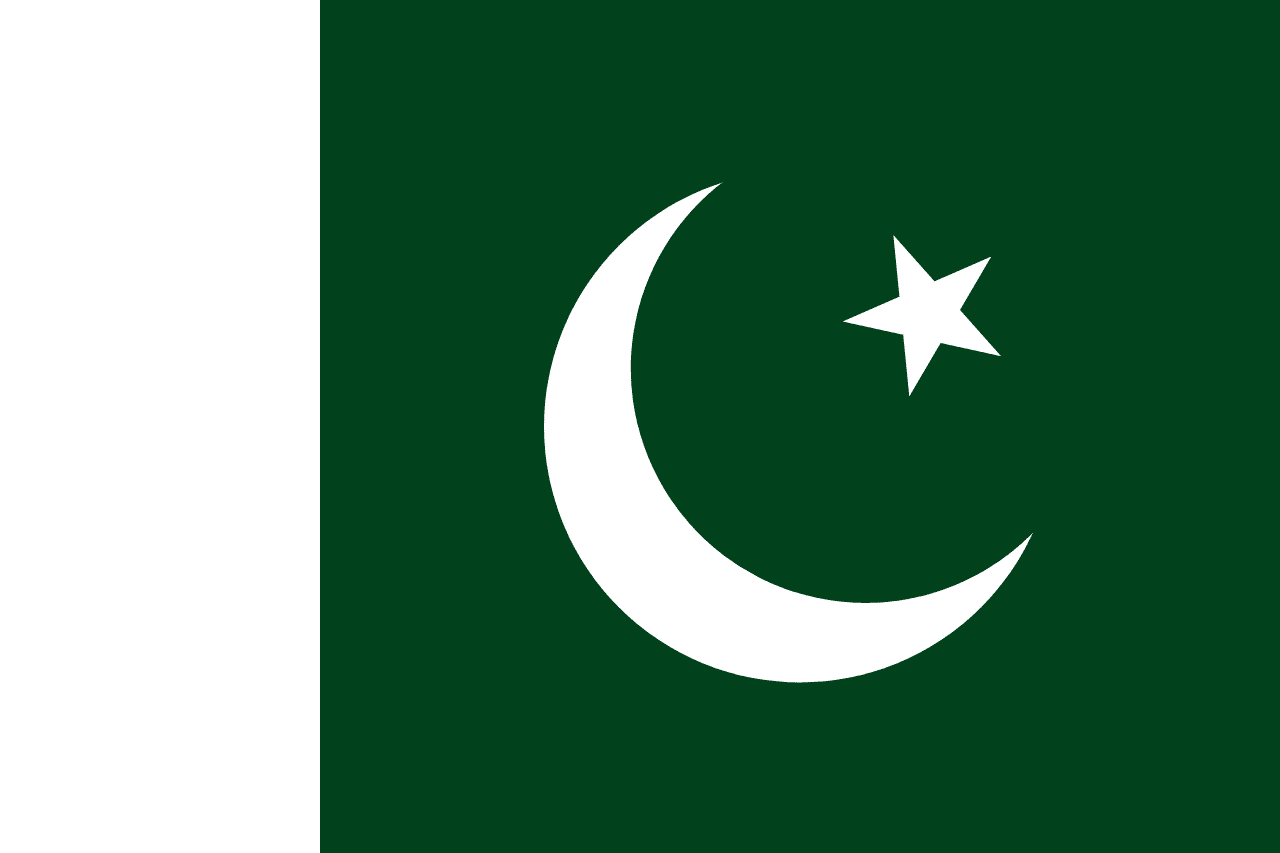
Symbolism
Green Field: Represents Islam, the majority religion of the country.
White Stripe: Represents religious minorities and the importance of inclusion and peace.
Crescent: Symbolizes progress.
Five-Pointed Star: Represents light and knowledge.
History
- 1940: The Lahore Resolution called for Muslim-majority states in South Asia.
- 1947: Pakistan gained independence on August 14, adopting its current flag based on the All-India Muslim League banner.
- 1956: Became the Islamic Republic of Pakistan, reaffirming the flag as its symbol.
Trivia
- The flag is sometimes called the 'Green and White' or the 'Crescent and Star.'
- The design is based on the All-India Muslim League’s flag.
- The crescent and star are traditional Islamic symbols seen across Muslim nations.
- Pakistan’s flag is one of the few with a hoist-side stripe representing minorities.
- The flag is flown on all national holidays, particularly Independence Day (August 14).
Related Countries
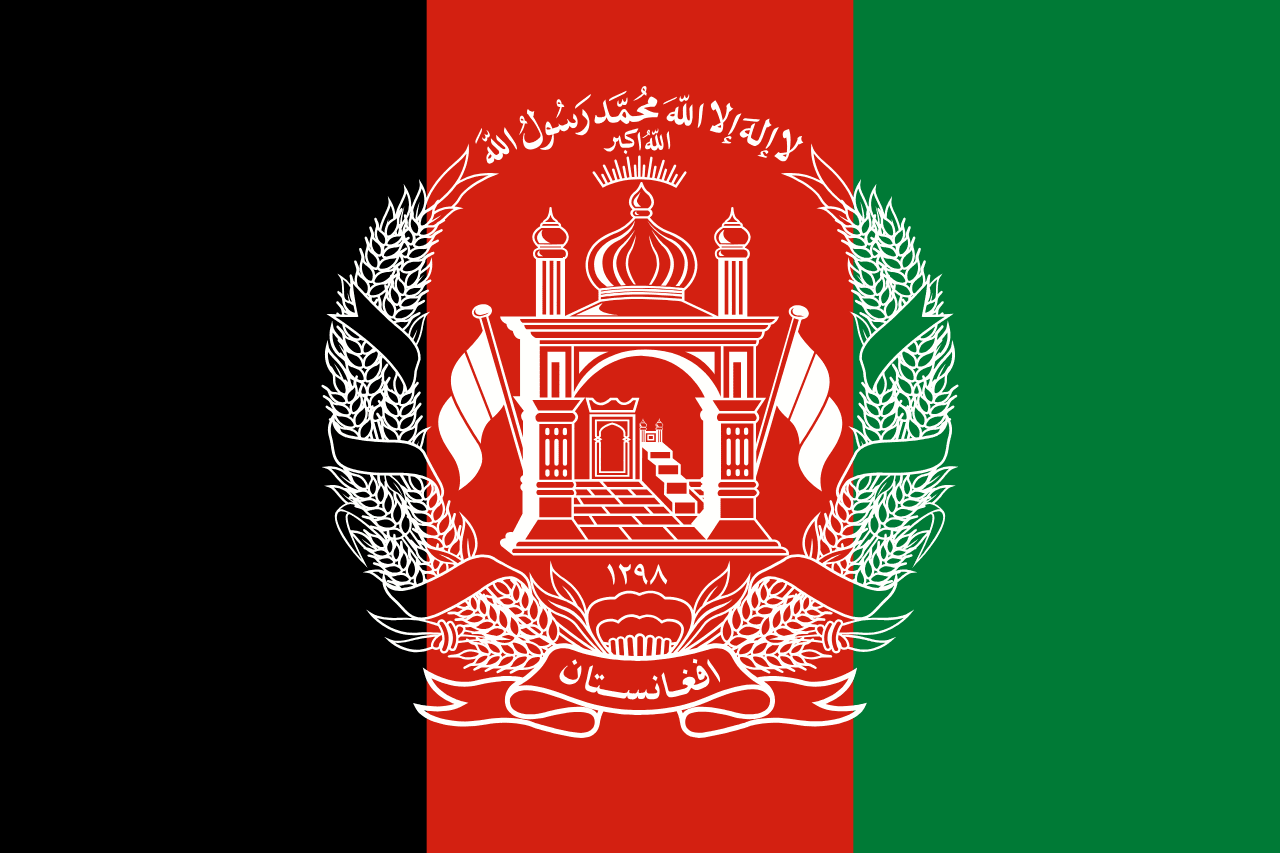
Afghanistan
Asia
Few nations have worn their history so visibly upon their flags as Afghanistan. In just over a century, the country has cycled through more banners than any other modern state, each design mirroring the upheavals of power, ideology, and identity that have defined its story. The current flag, a stark white field bearing the Shahada in bold black script, was restored by the Taliban in 2021. To outsiders, its simplicity may appear severe, even austere. Yet within its minimal form lie deep layers of meaning: an assertion of faith, a claim to authority, and a conscious rejection of the ornate tricolors and emblems that preceded it. To understand this flag is to glimpse not only Afghanistan’s turbulent politics, but also the powerful role of religion, symbolism, and history in shaping its national identity.
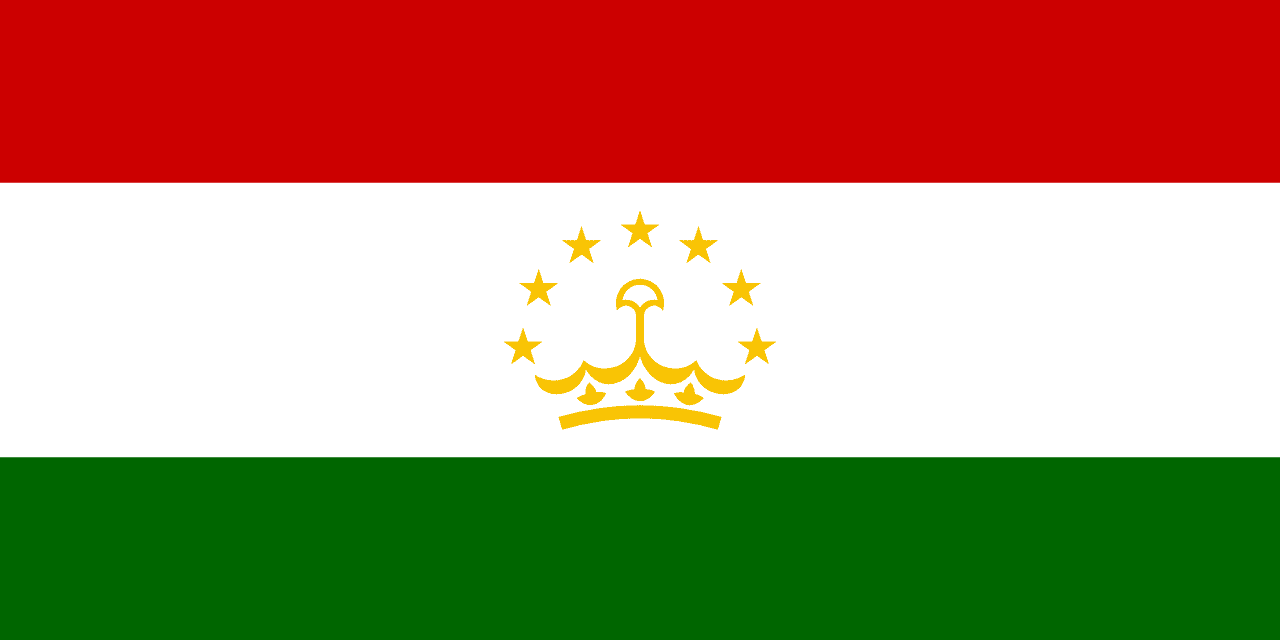
Tajikistan
Asia
Three horizontal stripes of red, white, and green with a golden crown topped by seven stars in the center of the white stripe, representing the unity of workers and peasants, cotton and snow-capped mountains, the verdant valleys, and the Somoni crown symbolizing Tajik sovereignty and the seven regions of historical Tajikistan.
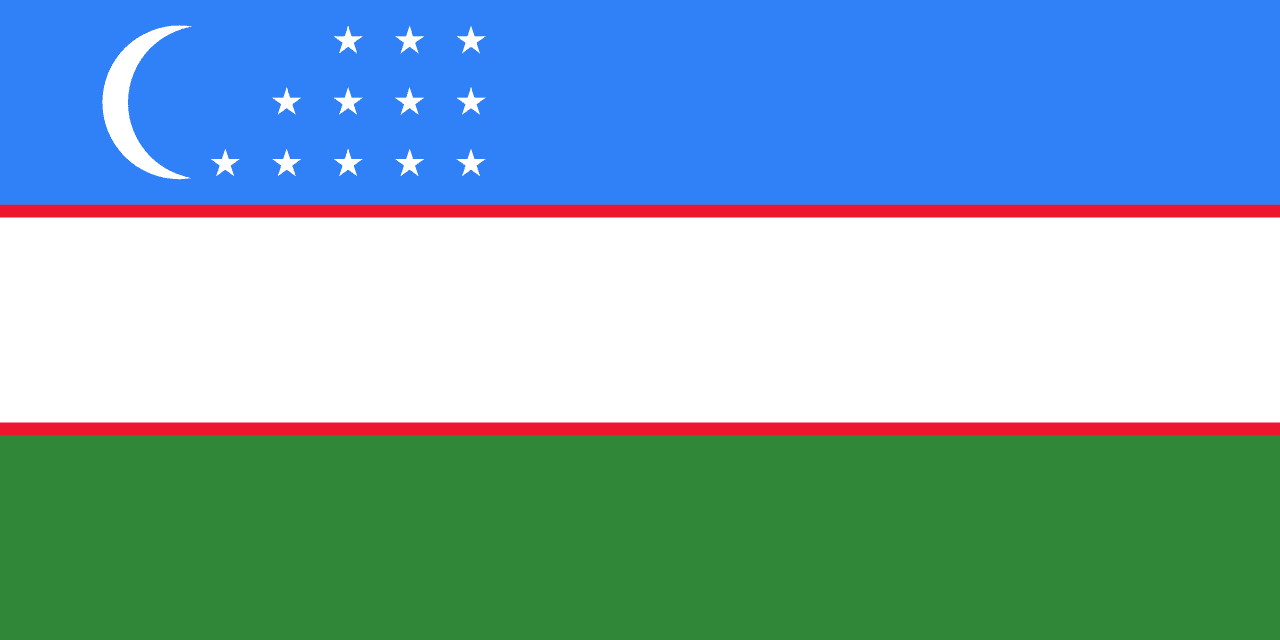
Uzbekistan
Asia
Three horizontal stripes of blue, white, and green separated by thin red stripes, with a white crescent moon and twelve white stars on the blue stripe, representing the sky and water, peace and purity, nature and fertility, the life force, the rebirth of Uzbekistan, and the twelve months of the year.
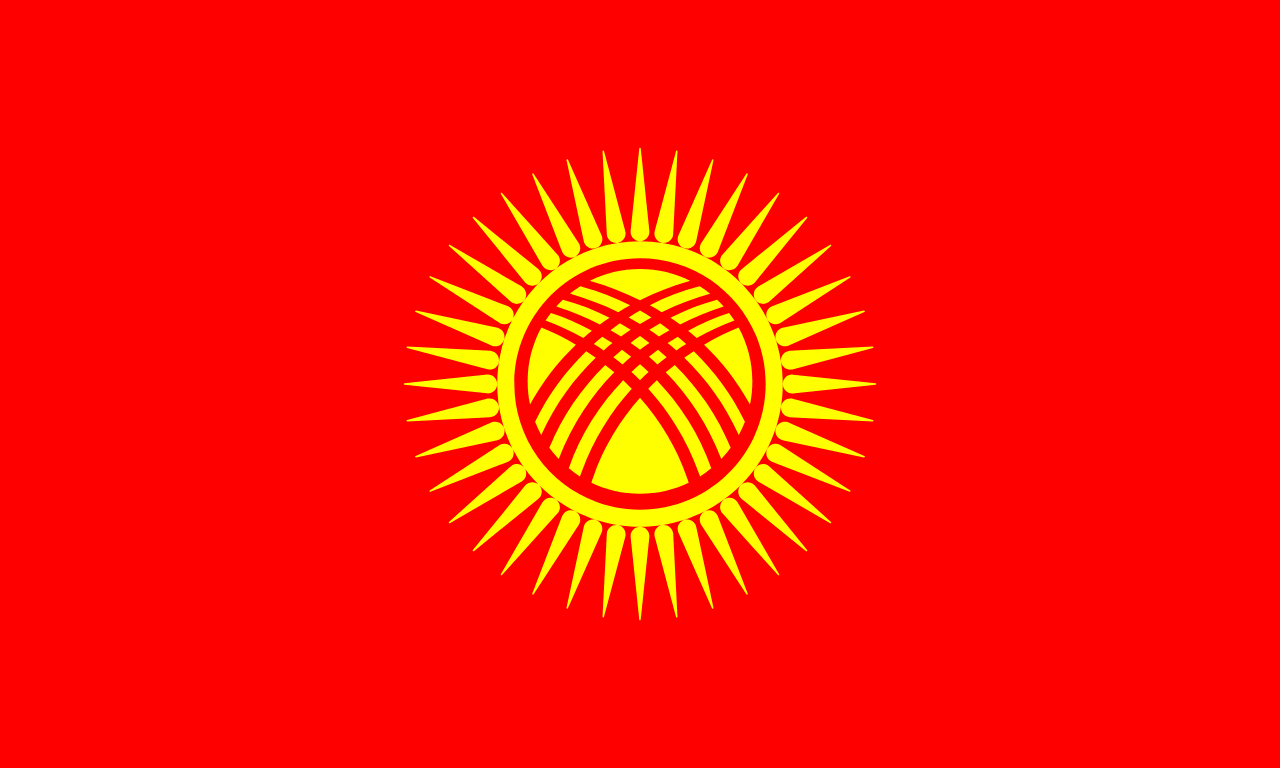
Kyrgyzstan
Asia
A red field with a yellow sun featuring 40 rays and a tunduk (yurt crown) in the center, representing the nomadic heritage, unity of 40 tribes, and the traditional dwelling of the Kyrgyz people in this mountainous Central Asian nation.
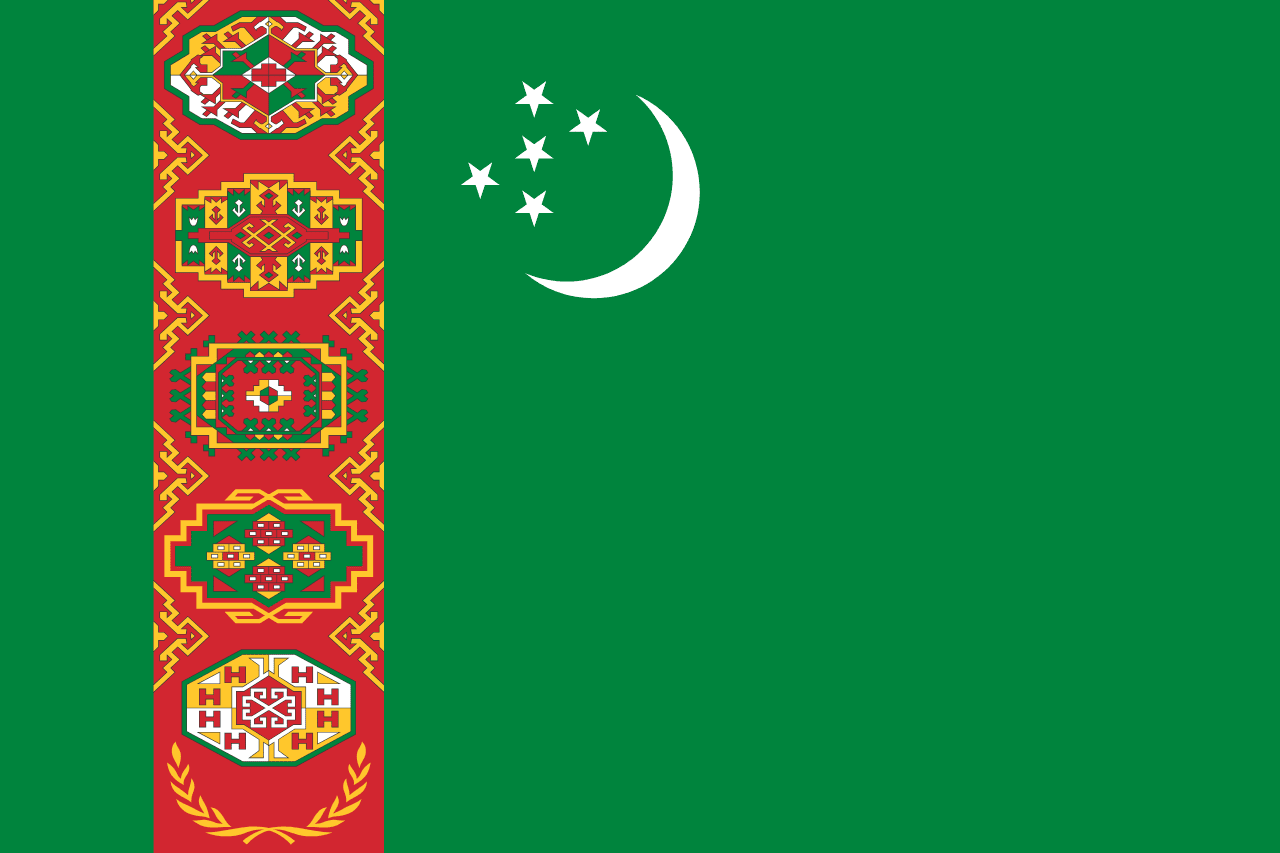
Turkmenistan
Asia
A green field with a vertical red stripe containing five traditional carpet guls (patterns) on the hoist side, and a white crescent moon with five stars in the upper left, representing Islam, the traditional carpet weaving culture, neutrality, and the five regions and senses of Turkmenistan.

Nepal
Asia
The only national flag that is non-rectangular, composed of two stacked crimson pennons with blue borders, featuring a white moon and a white sun. It reflects Nepal’s distinct identity, culture, and Hindu-Buddhist traditions.